Tyree Daye is a poet from Youngsville, North Carolina. He is the author of two poetry collections: River Hymns, the 2017 APR/Honickman First Book Prize winner, and Cardinal, forthcoming from Copper Canyon Press in 2020. Daye is a 2017 Ruth Lilly Finalist and Cave Canem fellow. Daye’s work has been published in Prairie Schooner, The New York Times, and Nashville Review. He won the 2019 Palm Beach Poetry Festival Langston Hughes Fellowship and is the 2019 Diana and Simon Raab Writer-In-Residence and a 2019 Kate Tufts Discovery Award Finalist.
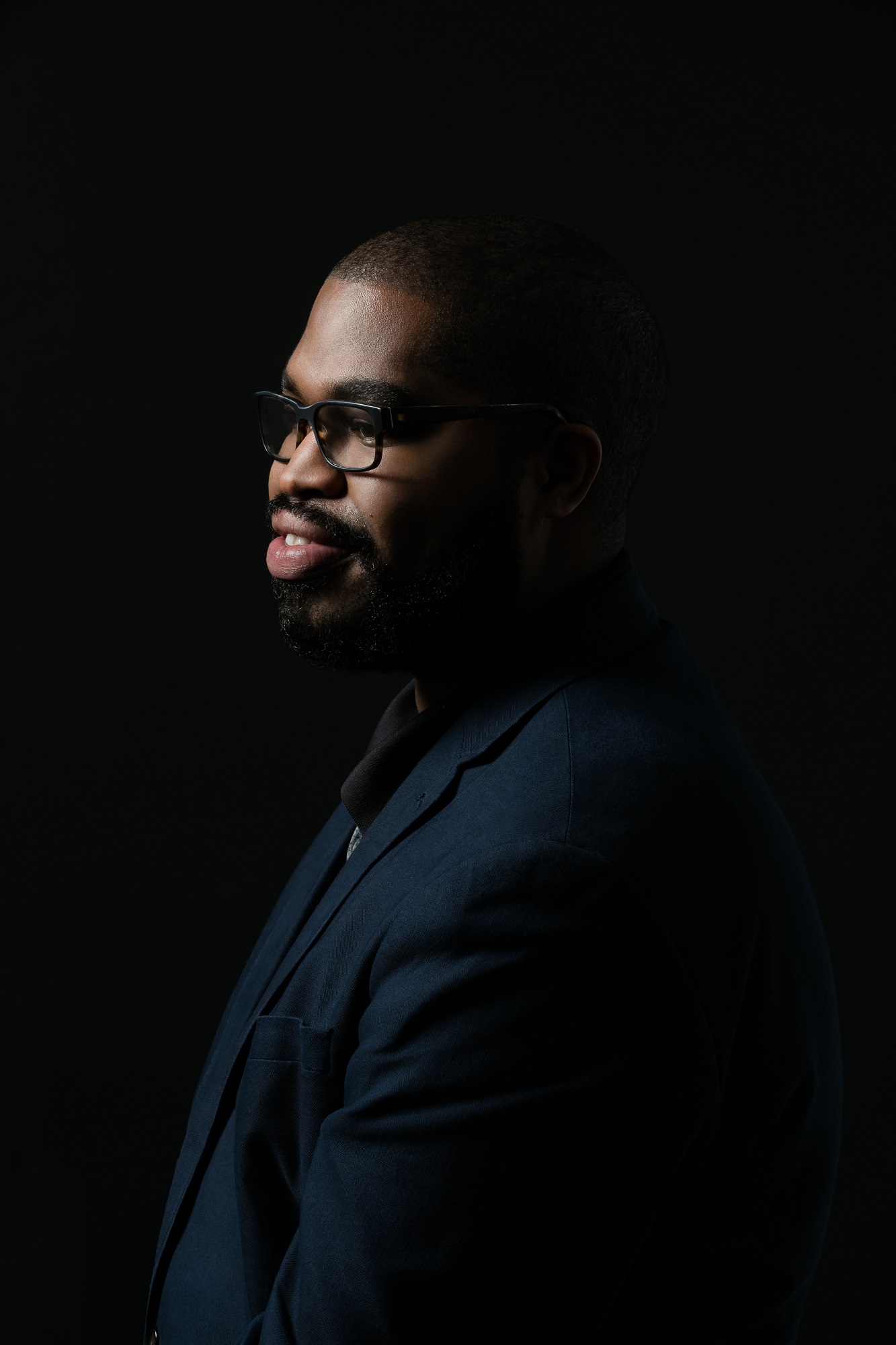
-
River HymnsFrom"When My Mother Had the World on Her Mind, Crickets in Her Ear"
1. Boy, don’t let a shadow in you, I never want to see the devil in your eyes, a traceable line of your daddy’s.
2. If you dream about fish or a river, somebody’s pregnant, we need the water more than it needs us.
3. Dream about snakes, you haven’t been living right, wash your hands of it.
4. They’re shooting boys who look like you. You know my number, use it, keep all your blood.
5. Stay
6. Alive.
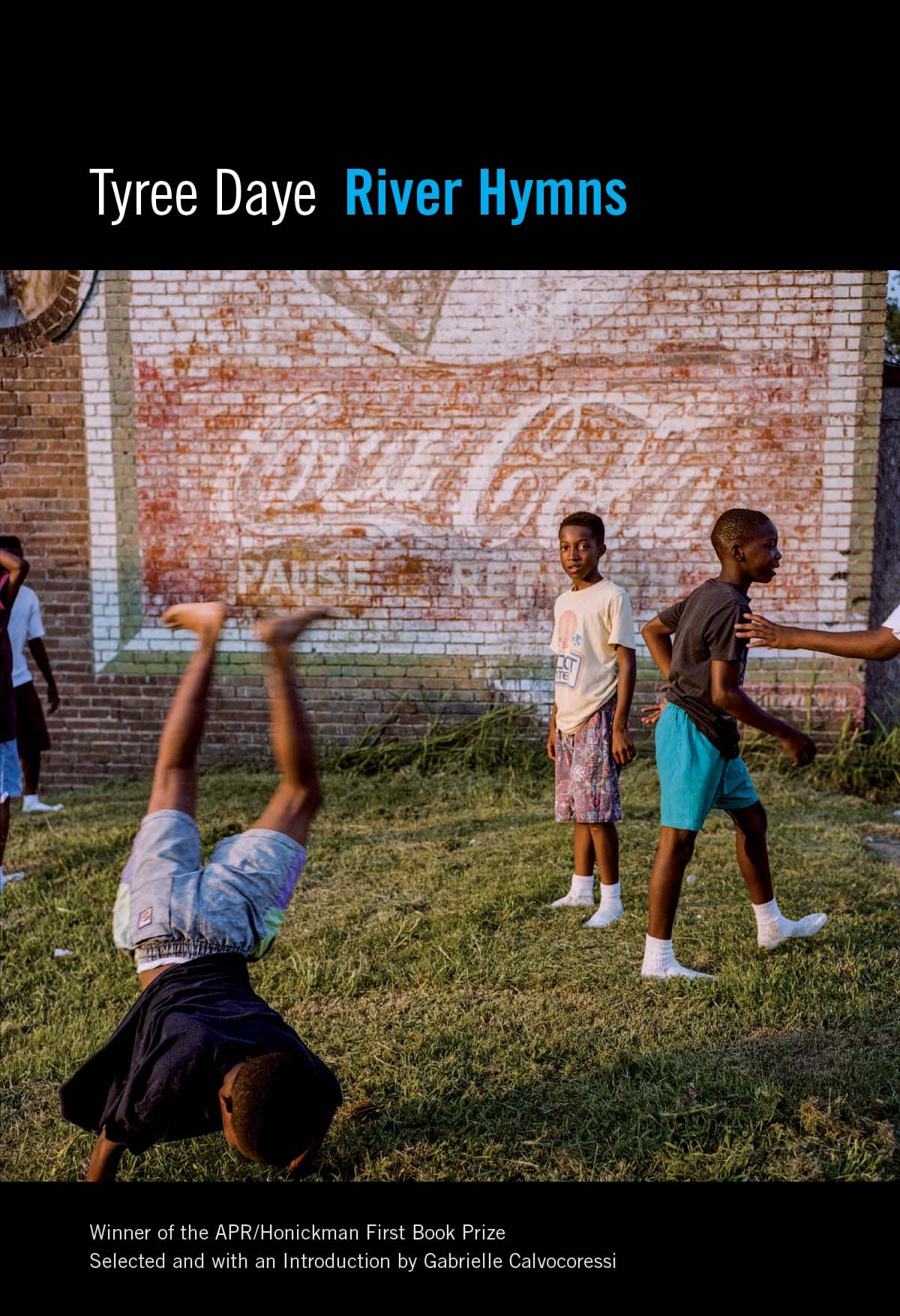 River Hymns:
River Hymns: -
River HymnsFrom"Neuse River"
Even the water
I was baptized in
isn’t safe.
I knew God
was a man
because he put
a baby in Mary
without her
permission.
 River Hymns:
River Hymns: -
River HymnsFrom"Tamed"
There are moments you can hear God
say things soft-spoken, the sun
settling between thin pines.
Collected crickets in 2 liter bottles,
dropped them on a path far from the house
one or two at the bottom drowning
in the last swig of cola, the smell of mama’s
leaf pile faint and almost gone.
My mama would say
to kill a cricket
is a sin against the night.
 River Hymns:
River Hymns:
"Tyree Daye is a poet of extraordinary ability and surprise. I find new music to delight in every time I come back to this book. I encounter new ways to think about family and community, new ways to wrestle with my own landscape and legacy." —Gabrielle Calvocoressi, author of The Last Time I Saw Amelia Earhart: Poems [on River Hymns]
“River Hymns is a brilliant debut of black poetry in a tradition that goes from Jean Toomer and Langston Hughes to CS Giscombe, Forrest Hamer, and Sean Hill. Tyree Daye is a blues poet of the first order, giving voice to the people of the rural South...no...the families of the... Actually, Tyree Daye wants to make immortal all of the people of the past who made a way for his existence, and these poems bring them and the land they called home back to life. The vernacular here is one of a man speaking out loud to his own soul.” —Jericho Brown, author of Please: Poems
“Tyree Daye’s River Hymns is made of timely tropes that let us in on the mystery and folk wisdom of everyday life. These poems of longing and wonderment are woven out of a lyricism that can only exist when clarity of observation and imagination converge as one-of-a-kind songs within everyday things.” —Yusef Komunyakaa, author of Neon Vernacular: New and Selected Poems
Selected Works
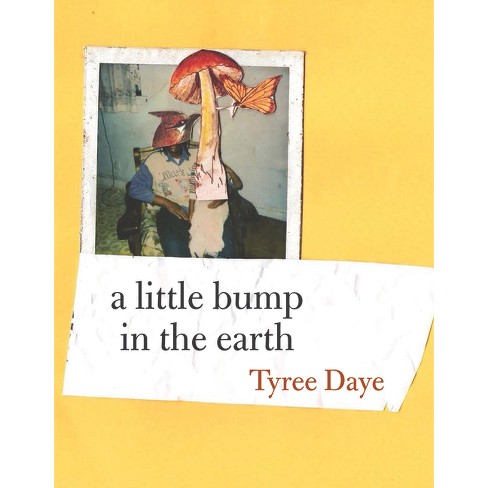
- Print Books
- Bookshop
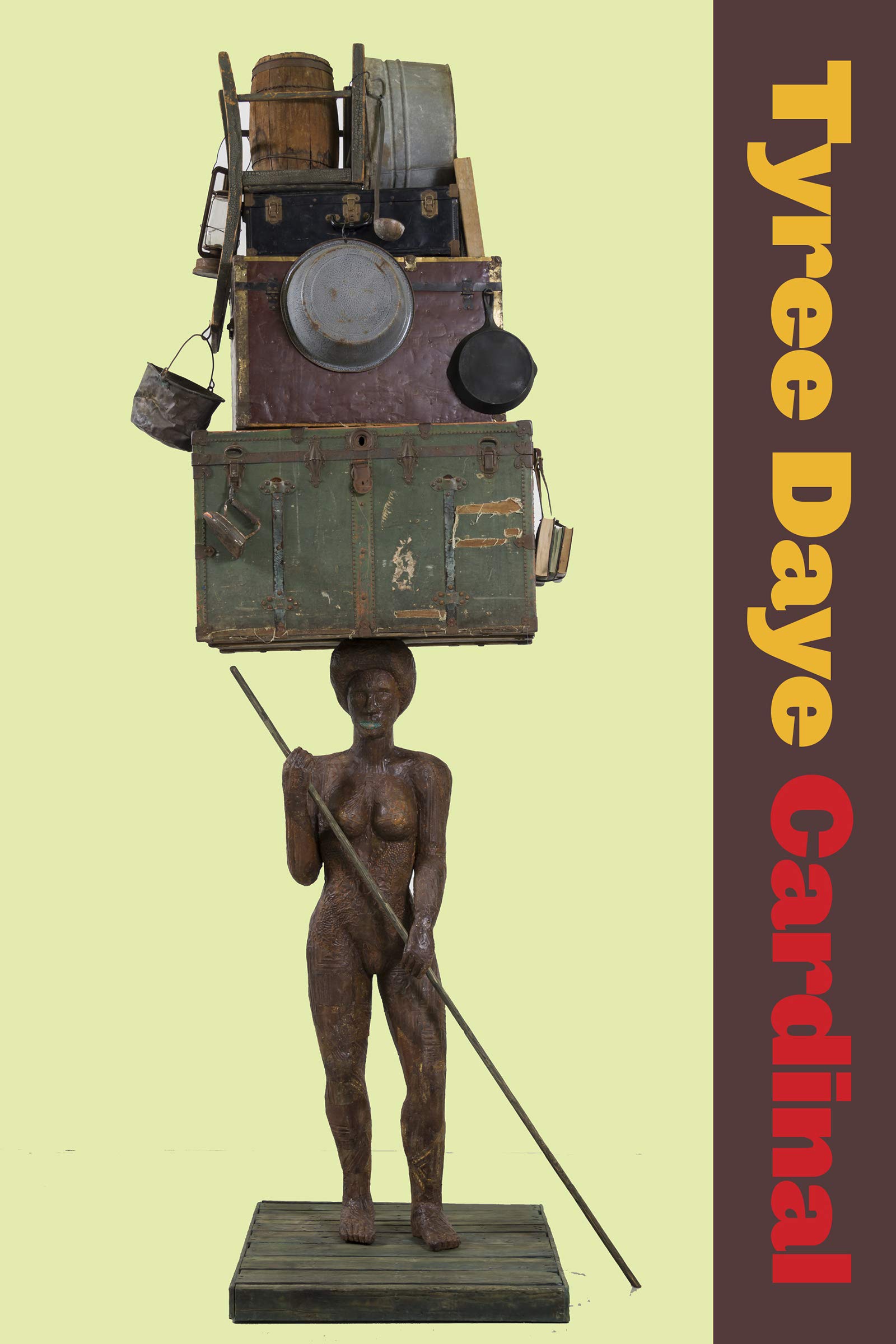

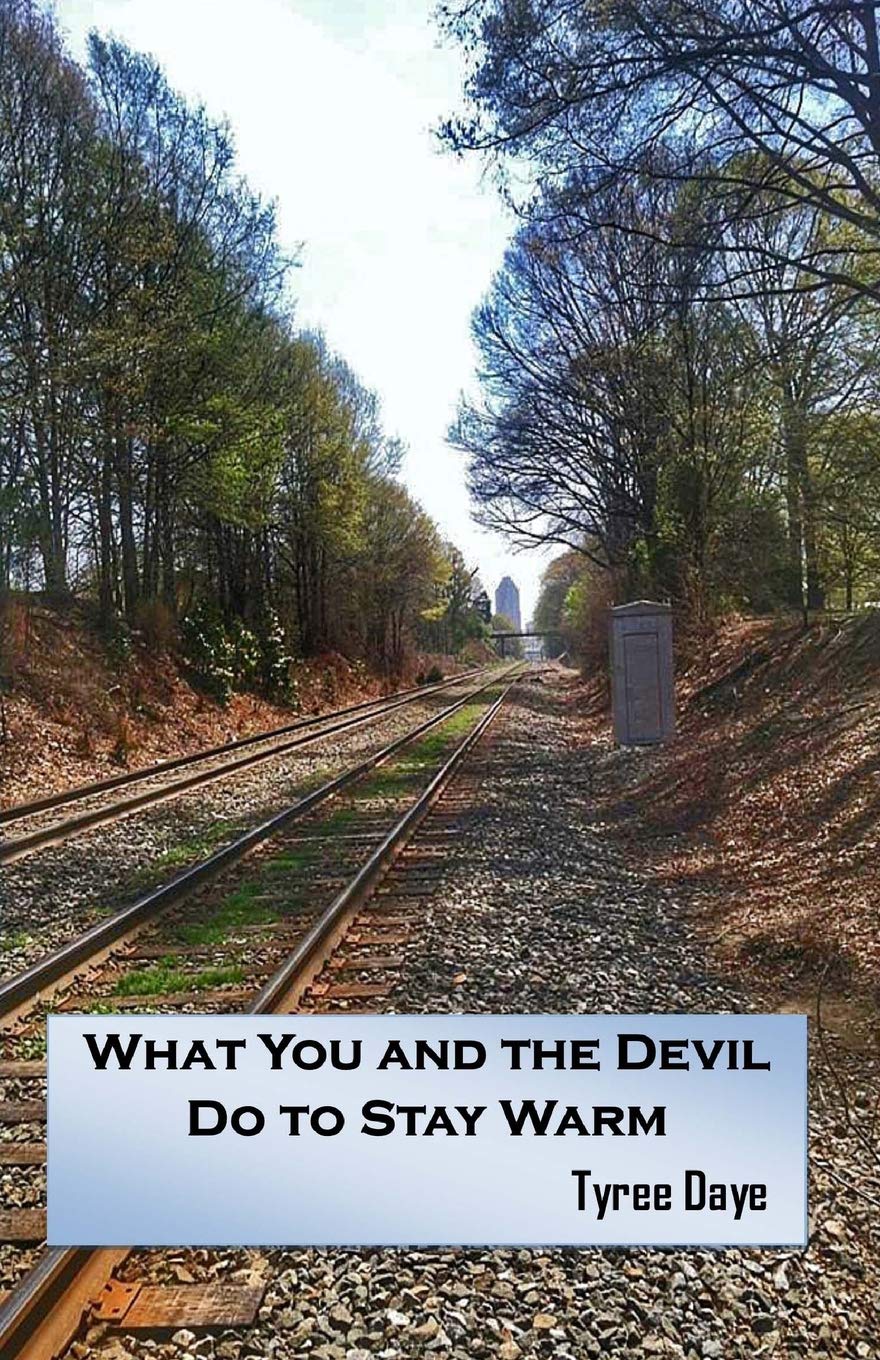
The poems of Tyree Daye are haunted and haunting; they make new a familiar human loss and longing. Daye’s pictures of a river life are strung together in language that is clear, lucid, unexpected, and often unforgettable: image-making of the highest order. His phrasing is as fluid as water—his lines course powerfully down the page and glimmer with the pauses and swerves of the spoken word. The faces and histories around the kitchen table are reconfigured into gossip, tall tales, and, finally, into mythology.